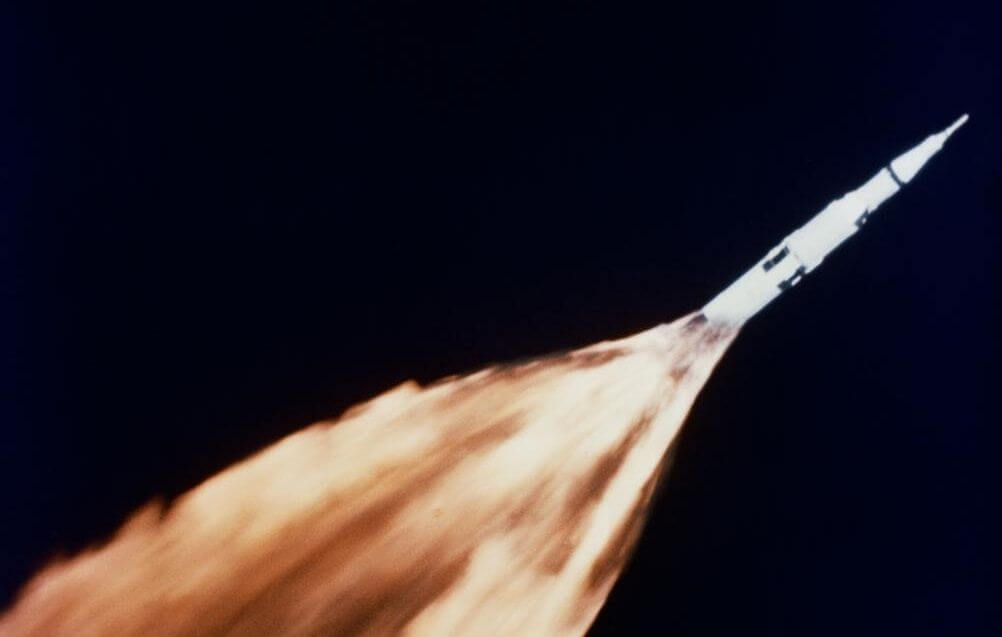On April 4, 1968, NASA launched the final uncrewed test flight of its Saturn V rocket. The Apollo 6 mission demonstrated that the Saturn V rocket and Apollo spacecraft were ready to send astronauts into space.
On top of the rocket was the Apollo Command and Service Module and a boilerplate version of the Lunar Module. While the mission did encounter some problems, it was deemed successful enough for astronauts to be able to fly afterwards.
A few minutes after launch, oscillation in some of the rocket engines caused internal fuel lines to break. This made some of the engines shut down early, but the other engines made up for this by burning longer.
The spacecraft ended up in a slightly different orbit than NASA originally planned, but NASA still called the mission a success.
On This Day in Space Archive!
Still not enough space? Don’t forget to check out our Space Image of the Day, and on the weekends our Best Space Photos and Top Space News Stories of the week.
Follow us @Spacedotcom and on Facebook.

